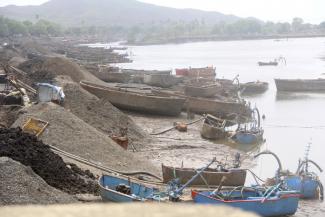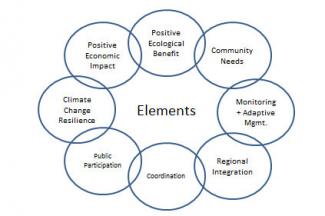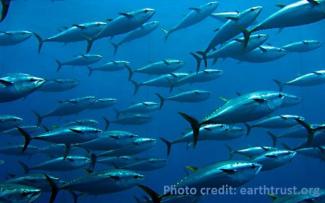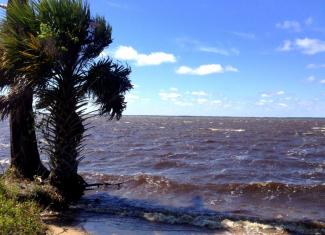Sand Mining: The Biggest Environmental Issue No One Is Talking About

It all starts as mountain rock.
That rock erodes from wind and rain and time, getting transported down rivers all the way to the sea, where it accretes onto beaches and into other sediments. That is the origin story of sand. Once that sand is on a beach, or off the coast, or on an inland shore, it is transported through a natural cycle that replenishes the resource over geologic time.
Or rather, that is the way it is supposed to work.




